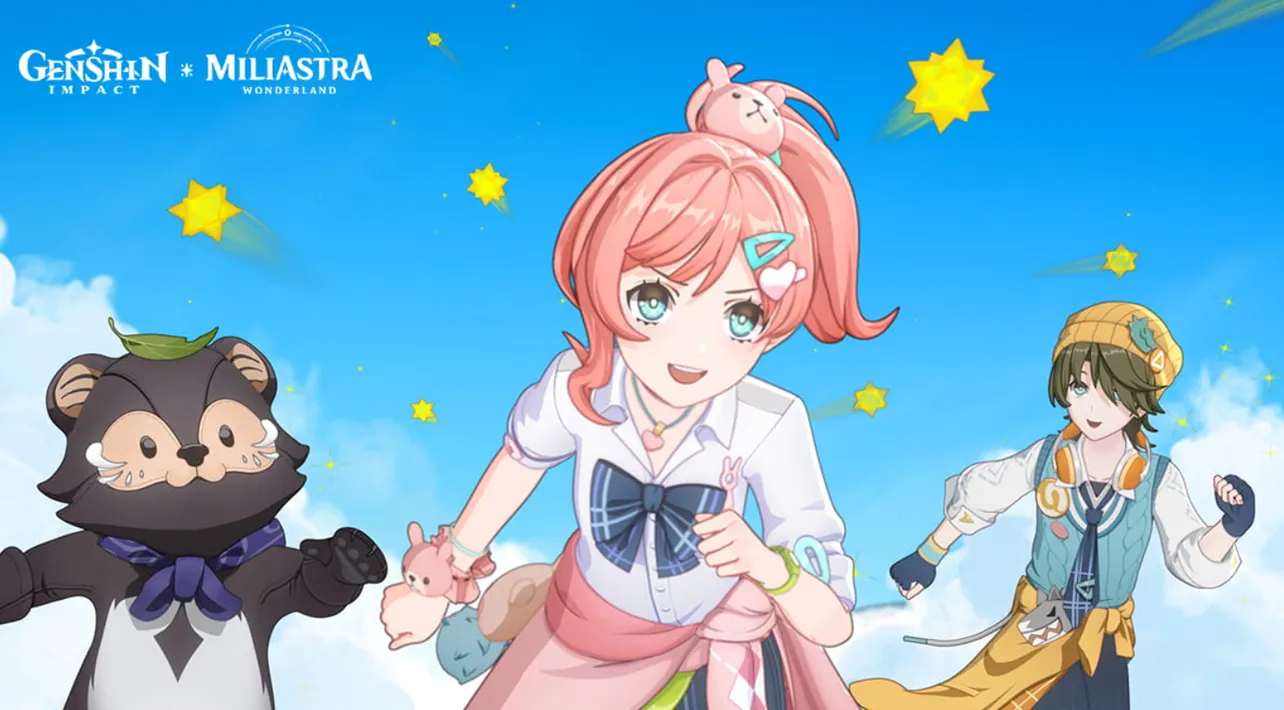Miliastra Wonderland is Genshin Impact’s new user-generated content mode, rolling out with Version Luna II. It introduces a dedicated sandbox where players build and publish custom mini‑games, then jump into those creations with friends or the broader community. The mode ships with its own avatar system, extensive cosmetic customization, multiplayer social spaces, and a roadmap that brings a full creator economy online in later updates.
Release timing and roadmap (Luna II → Luna IV)
The UGC suite lands with Luna II, with further systems arriving in subsequent versions. Here’s the high‑level plan currently outlined:
| Version | What’s planned |
|---|---|
| Luna II | Miliastra Wonderland goes live (open, playable UGC mode) |
| Luna III | Component sharing platform to lower build complexity for creators |
| Luna IV | Earnings system for creators (revenue program comes online) |
Expectation setting: details can shift as features roll out, but the sequence above reflects how the mode is being staged.
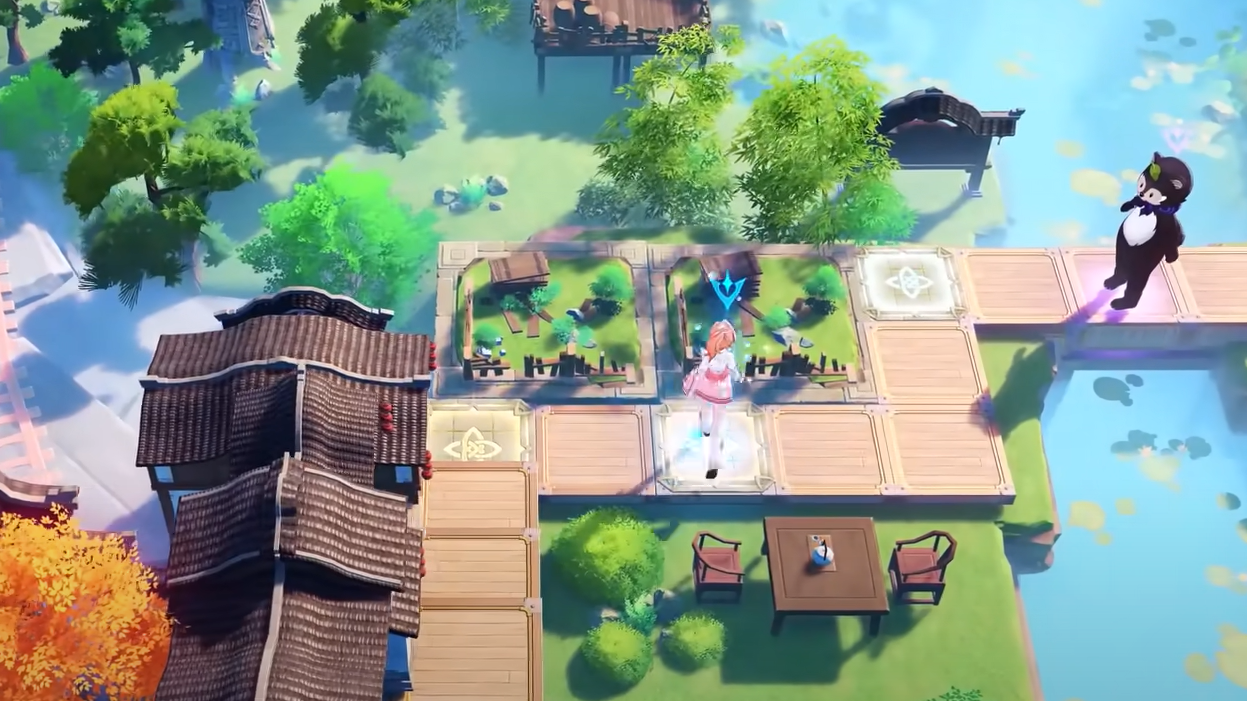
Creator mode and the Miliastra sandbox
At the core is a creator studio that lets you assemble fully playable game experiences inside Genshin. Creations can be kept private for testing with friends or published publicly to be discovered and played by anyone. Tools support a wide spread of genres, perspectives, difficulty tags, and player counts.
| Configuration area | Options supported |
|---|---|
| Game type | Action adventure, battle royale, FPS, third‑person shooter, roguelike, management simulation, competitive multiplayer, asymmetric battle arena, brawler, co‑op battle, party/collaboration |
| Camera | First‑person, third‑person, bird’s‑eye view, fixed camera, over‑the‑shoulder |
| Difficulty tags | Casual, moderate, hard, hardcore, dynamic difficulty |
| Player modes | Single‑player, co‑op, multiplayer |
| Visibility | Private or public publishing |
Collaboration is built in: you can author solo or co‑create in co‑op. Beyond building, the mode includes social lobbies with emotes where players gather between matches or projects.
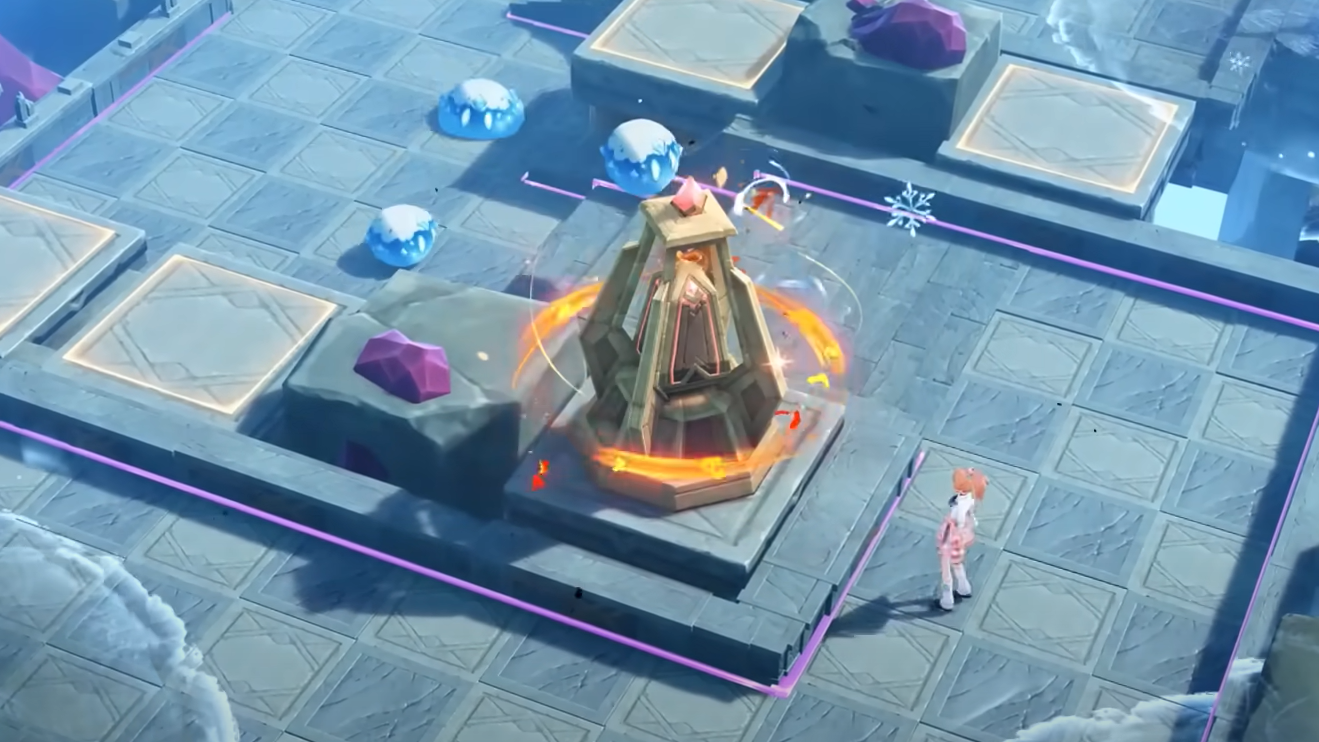
How you’ll play: a dedicated avatar and shared spaces
Miliastra Wonderland uses a separate, mode‑specific character. You don’t bring your standard Genshin characters into UGC sessions; this keeps animations and interactions consistent across the wide range of community‑made games. You’ll join activities from a multiplayer lobby, queue up with friends, or drop into public creations straight from the in‑game browser.
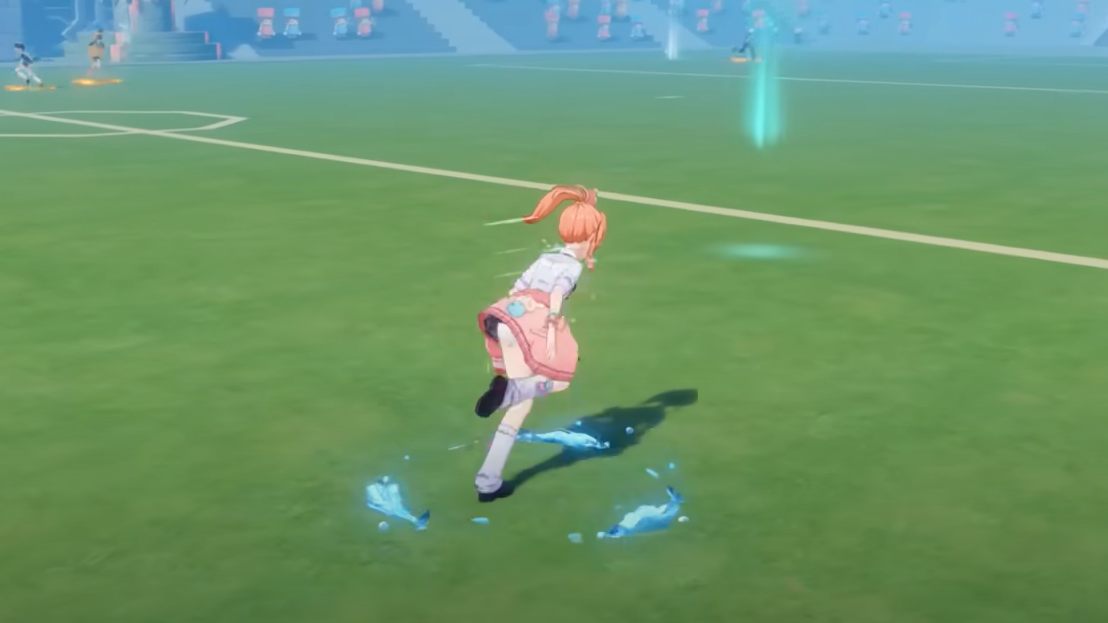
Character customization: slots, cosmetics, and style
The UGC avatar supports deep customization out of the box. Some items are free; others are unlocked through the mode’s separate cosmetic system. The slots span clothing, accessories, and facial styling.
| Category | Examples |
|---|---|
| Apparel | Upper cloth, lower cloth, shoes |
| Accessories | Headwear, bracelet, leglet, earrings, eyewear, mask, necklace, backpiece |
| Face & makeup | Eyebrows, eye socket, pupil, eye shadow, lipstick, general facial makeup |
| Body & style | Hairstyle, waist size, tail |
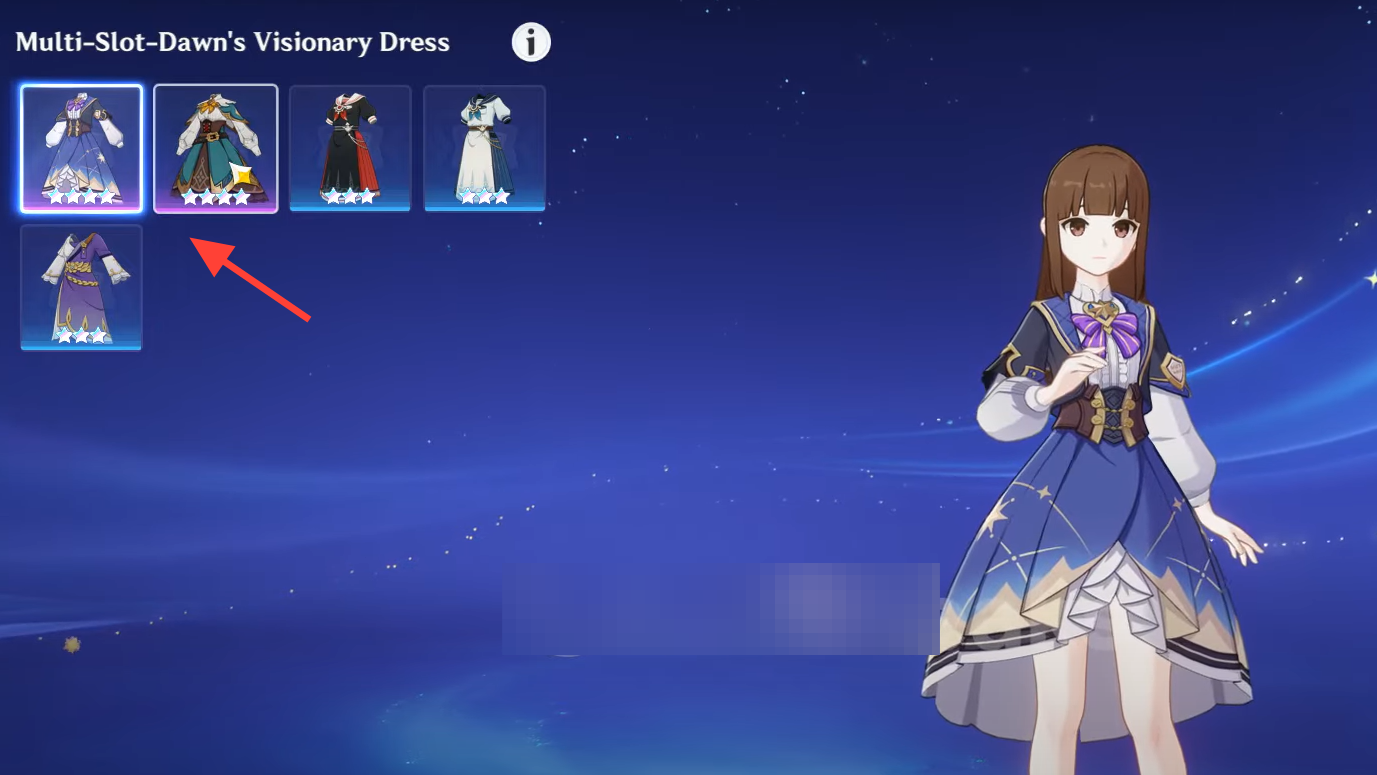
Cosmetics and banners are separate from the main game
Miliastra Wonderland has its own cosmetic pulls that are distinct from the main game’s character and weapon banners. The focus here is on looks and expression, not combat power. Items are grouped under a theme often referenced as “Encounter Echoes,” with full outfit sets at the highest rarity and individual pieces at lower tiers.
| Element | How it works |
|---|---|
| Item pool | 2‑ to 4‑star cosmetics; 4‑star includes full uniform sets, emojis, stickers; 2/3‑star are mix‑and‑match pieces |
| Currency | A new currency named “Ode” is used for pulls |
| Pity | One guaranteed 3‑star item per 10 pulls |
| Rotation | Expect rotating banners that spotlight limited outfits |
None of this touches your Primogems or main‑game progression; it’s a separate cosmetic track designed around the UGC avatar.
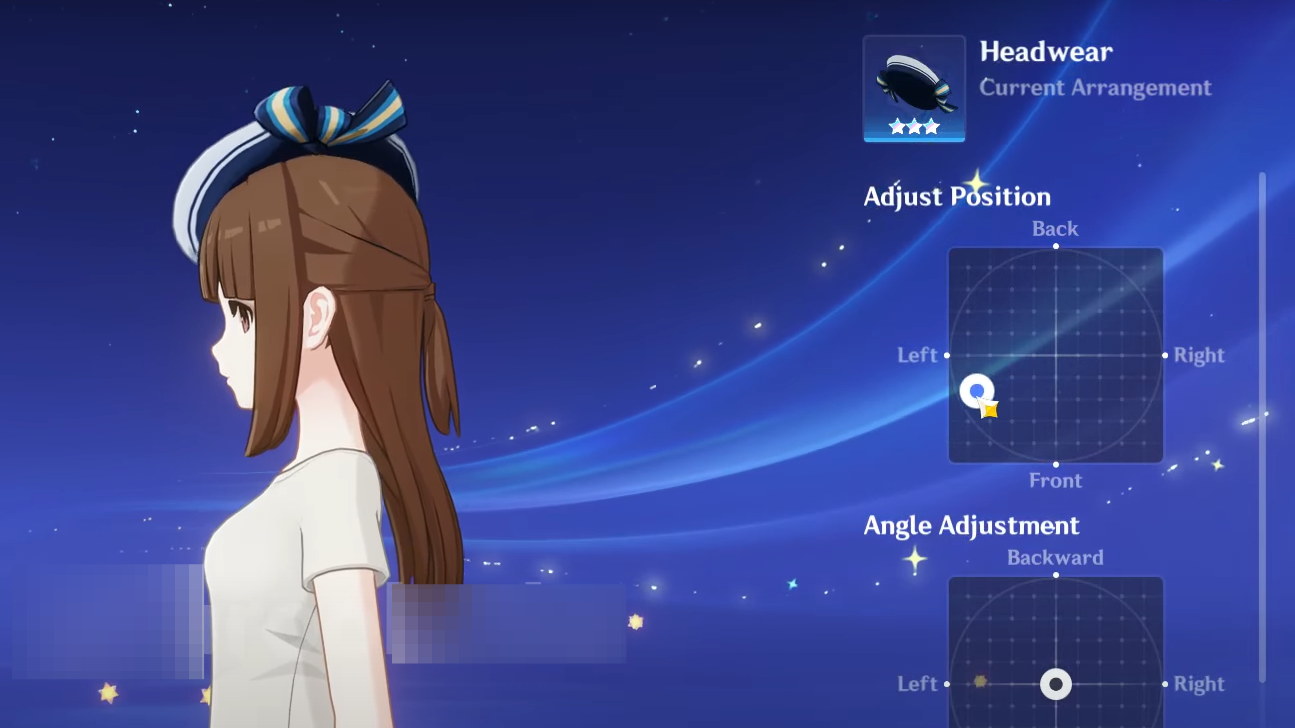
Monetization for creators
A revenue program is planned to come online with Luna IV. While specifics have not been fully detailed, the intent is to compensate creators based on engagement with their published games. The rollout after the initial launch gives time to stabilize tools and discovery before earnings start counting.
What to expect on day one
- A playable UGC hub baked into the main client, no separate download.
- Creator tools that cover core genres, multiple camera setups, difficulty tags, and public or private publishing.
- A mode‑specific character with granular cosmetic customization.
- Social lobbies, co‑op building, and multiplayer play across community creations.
- A standalone cosmetic banner system for the UGC avatar.
The big picture: Luna II lays the foundation for building and sharing; Luna III reduces friction with reusable components; Luna IV turns creative work into a viable earning path. If you’re planning to create, sketch concepts now and keep scope tight — polished, replayable ideas tend to travel fast once discovery opens up.

